Exceptionally preserved plant fossils from Crock Hey
The coal from the Lancashire Coal Field has been extracted for many
years. Sometimes this is done in underground mines, but also often
in opencast coal pits. In the former case the life span can be long, like
the Bickershow mine, which was closed down in 1992 after having yielded coal
for more than 150 years. In the latter case the life span is much shorter:
mostly less than 10 years. When the concession has been exhausted, the quarry
is filled up and made ready for new landscape (building houses included).
Click here for SandyForth Opencast.
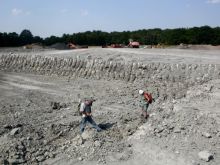 An
example of such a temporary coal pit is Crock Hey (also called Crockhey),
which is situated between Liverpool and Manchester, not far from Wigan. This
quarry yielded coal for 8 years and has been closed down recently. The pit
has been filled in and soon the memory of the big hole will fade away. But
not in the mind of the paleontologists! An
example of such a temporary coal pit is Crock Hey (also called Crockhey),
which is situated between Liverpool and Manchester, not far from Wigan. This
quarry yielded coal for 8 years and has been closed down recently. The pit
has been filled in and soon the memory of the big hole will fade away. But
not in the mind of the paleontologists!
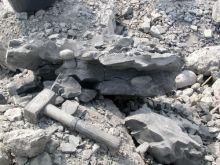 In the quarry,
concretions of siderite (an iron compound) occurred in which plants and small
animals from the coal swamps of the Late Carboniferous (Westphalian A) have
been preserved in exceptionally good quality. A couple of local amateurs
have collected these nodules during the life span of the quarry and they
have built up wonderful collections. With one of them, Steve Livesley from
Lowton, I have come in contact through my website. With him, my wife and
I have collected in the quarry during its last days. We have found there
several nice fossils, but they pale before Steve's splendid collection. In the quarry,
concretions of siderite (an iron compound) occurred in which plants and small
animals from the coal swamps of the Late Carboniferous (Westphalian A) have
been preserved in exceptionally good quality. A couple of local amateurs
have collected these nodules during the life span of the quarry and they
have built up wonderful collections. With one of them, Steve Livesley from
Lowton, I have come in contact through my website. With him, my wife and
I have collected in the quarry during its last days. We have found there
several nice fossils, but they pale before Steve's splendid collection.
Below is a choice of his plant fossils. The photos are mine.
Pictures of animals from the siderite nodules, like xiphosurids, millipeds
and insects, are on the page 'Little animals in the coals swamps'. Search
for the addition Crockhey.
Horsetails
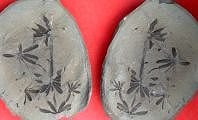
Annularia radiata |
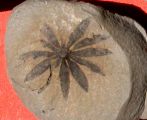
Annularia radiata |
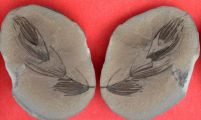
Asterophyllites equisetiformis |
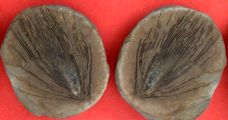
Asterophyllites longifolius |
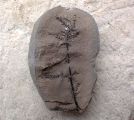
Asterophyllites charaeformis |
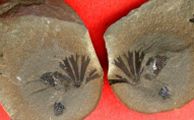
Sphenophyllum emarginatum |
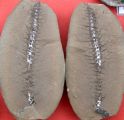
Calamostachys sp. |
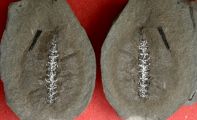
Calamostachys ramosa |
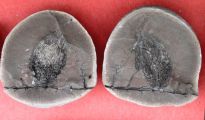
'Bulbil' of Asterophyllites |

'Bulbil' |
Clubmosses
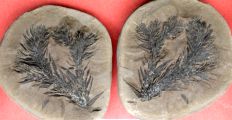
Lepidodendron lycopodioides |
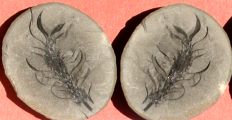
Lepidodendron simile |
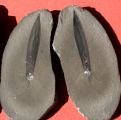
Lepidostrobophyllum
lanceolatum |
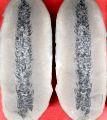
Lepidostrobus
|

Lepidostrobus |
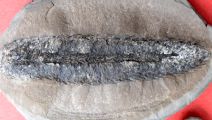
Lepidostrobus |
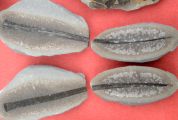
Cyperites |
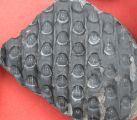
Sigillaria tesselata |
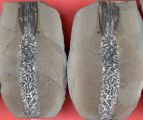
Sigillariostrobus |
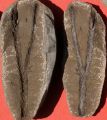
Lepidodendron |
Ferns

Pecopteris miltoni |
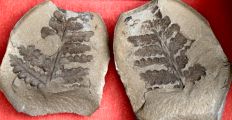
Pecopteris miltoni |
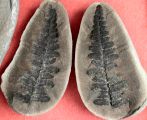
Pecopteris sp. |
Seed ferns
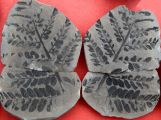
Laveinopteris loshii |
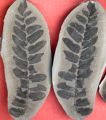
Laveinopteris loshii |
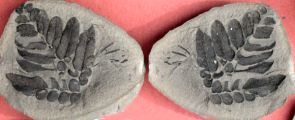
Neuropteris dussartii |
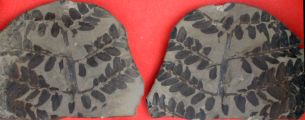
Neuropteris jongmansii |
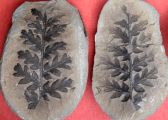
Mariopteris muricata |
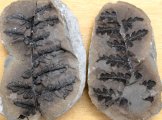
Mariopteris muricata |
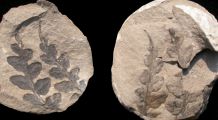
Climber hooks of Mariopteris muricata |
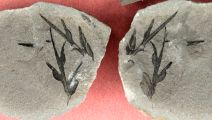
Climber hooks of Mariopteris muricata |
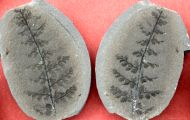
Zeilleria delicatula |
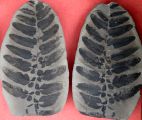
Neuropteris jongmansii |
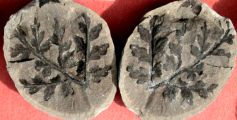
Eusphenopteris sauveurii |
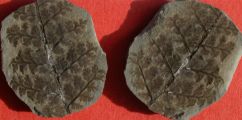
Sturia amoena |
Cordaites

Cordaianthus |
SandyForth Opencast (contribution by Steve
Livesley)
Top |